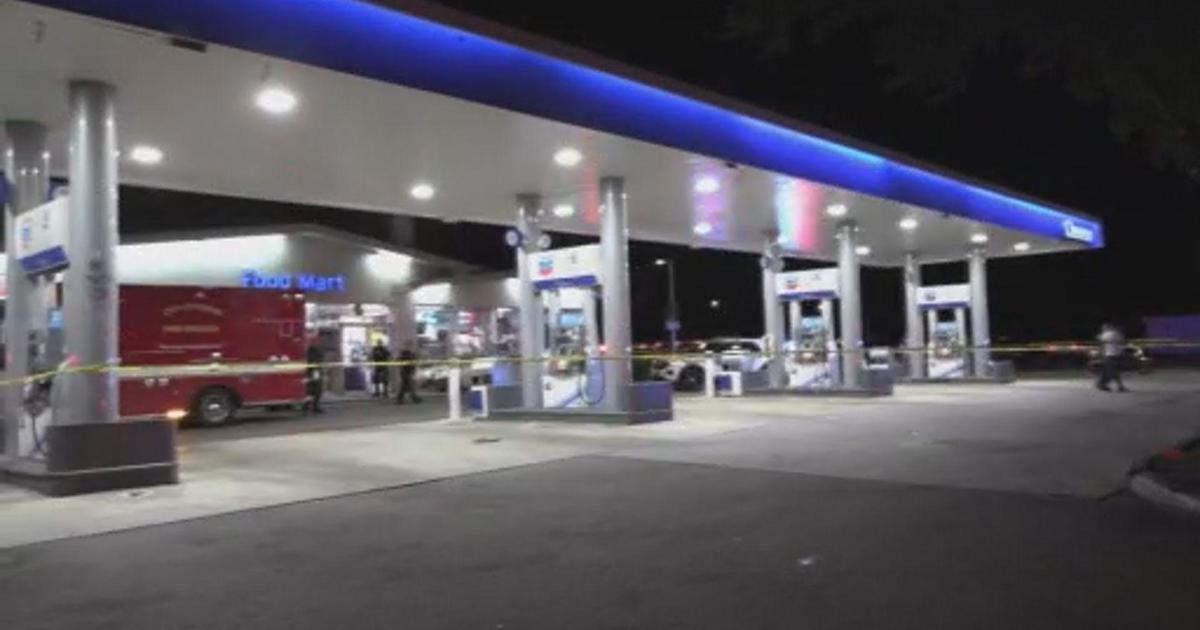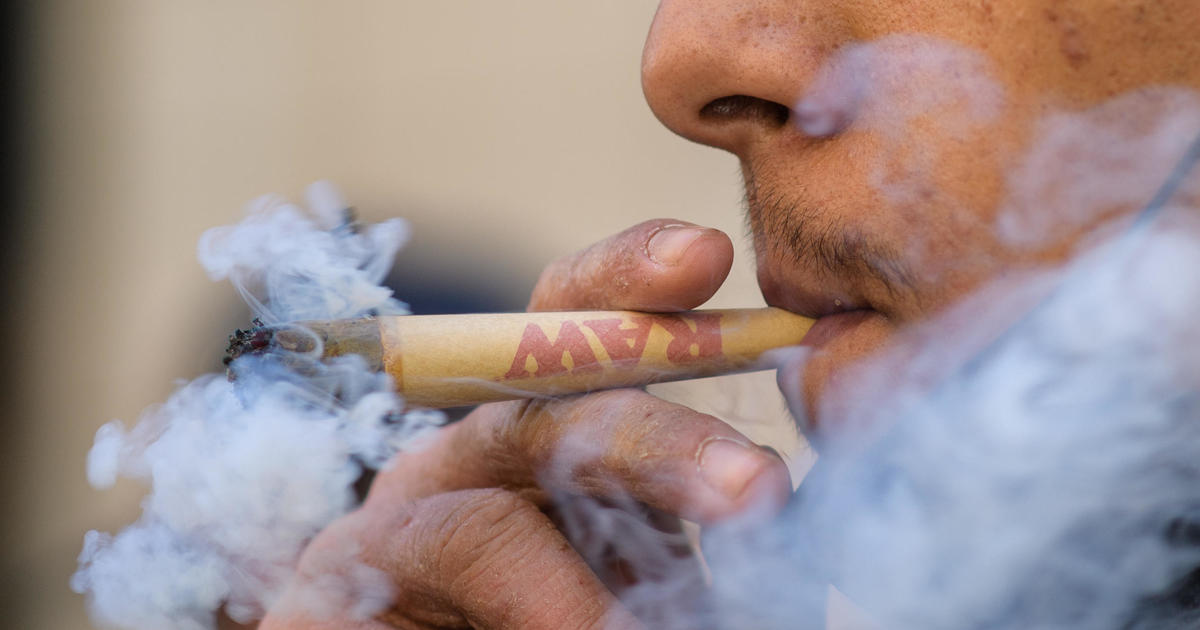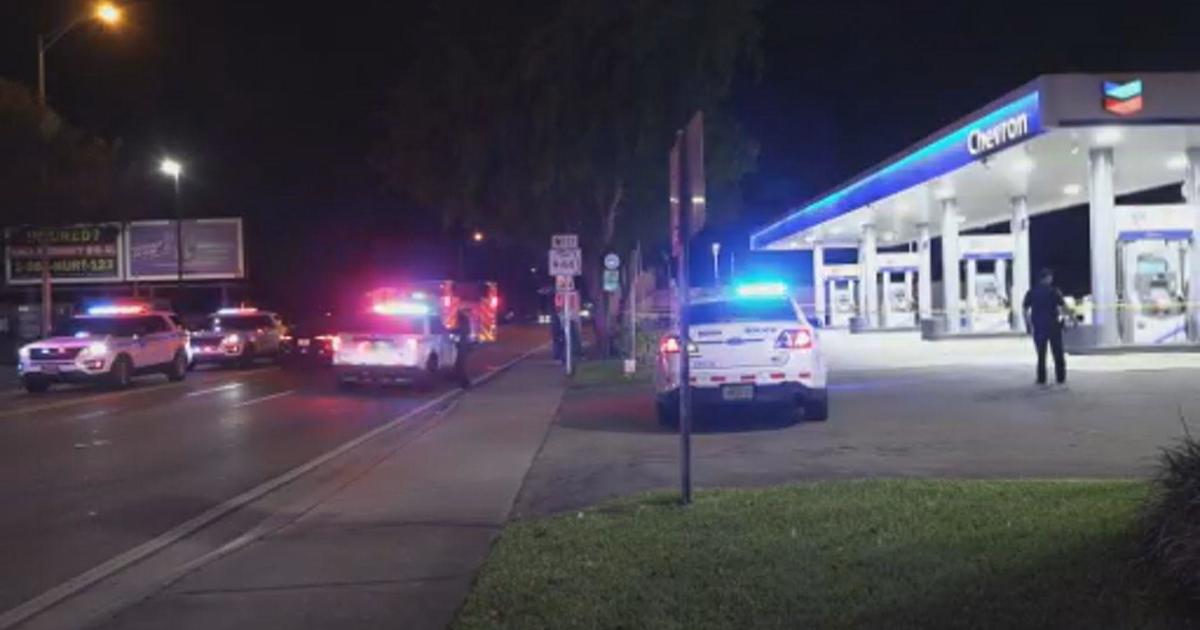Historic SpaceX Launch From Kennedy Space Center
CAPE CANAVERAL (CBS) - Lighting up the pre-dawn sky, a Falcon 9 rocket with a previously-flown first stage roared to life and shot away up the East Coast early Friday, boosting a refurbished SpaceX Crew Dragon capsule into orbit carrying four astronauts on a day-long trip to the International Space Station.
Running 24 hours late because of threatening off-shore weather, the rocket's nine first stage engines ignited at 5:49 a.m., throttled up to a combined 1.7 million pounds of thrust, and smoothly pushed the slender booster away from historic pad 39A at the Kennedy Space Center.
Strapped in four abreast, commander Shane Kimbrough, co-pilot Megan McArthur, Frenchman Thomas Pesquet, and Japanese astronaut Akihiko Hoshide, all space veterans making their first flights aboard a SpaceX capsule, monitored the automated ascent on large touch-screen displays.
The launching provided a spectacular pre-dawn show for area residents and tourists as the Falcon 9 climbed skyward, shattering the morning calm along Florida's "Space Coast" with a thunderous wall of sound as the booster streaked away to the northeast over the Atlantic Ocean atop a sky-lighting jet of flame.
Two-and-a-half minutes after liftoff, the first stage engines shut down, the booster fell away and the single vacuum-rated Merlin engine powering the second stage took over, continuing the climb to orbit.
The first stage, meanwhile, flipped around and headed for landing on an off-shore droneship, touching down nine-and-a-half minutes after takeoff to chalk up the company's 80th successful stage recovery, its 58th at sea.
Two-and-a-half minutes after that, the Crew Dragon was released from the second stage to set off after the space station. Docking is expected at 5:10 a.m. Saturday.
The launching marked only the third piloted flight to orbit from U.S. soil since the shuttle's retirement in 2011 and the second operational Crew Dragon mission, a flight known simply as "Crew-2," as NASA transitions away from its post-shuttle, sole reliance on Russian Soyuz spacecraft.
And in a first for NASA's commercial crew program, the Crew-2 astronauts rode into orbit atop a Falcon 9 rocket with a previously flown first stage, strapped into a Crew Dragon making its second flight.
The capsule first flew last May, carrying Douglas Hurley and Robert Behnken -- McArthur's husband -- into orbit in the program's first and only piloted test flight. The second piloted flight, which blasted off last Nov. 15, carried four astronauts to the space station for SpaceX's first operational Crew Dragon mission.
SpaceX initially planned to use all new rockets and capsules for commercial astronaut flights, but last year the company asked NASA to consider flying previously flown vehicles and, after a detailed review, the agency agreed.
"Over the last year or so, we have worked on reuse (issues)," said Steve Stich, manager of NASA's commercial crew program. "This is the vehicle that Bob and Doug flew, and we'll have our first reused booster. We've worked through that certification effort ... and we're in really good shape on reuse."
During its refurbishment, the capsule was structurally beefed up to make it better able to withstand the forces imparted during windy weather splashdowns in rough seas, somewhat easing strict landing weather constraints. The spacecraft's abort system was upgraded, enabling on-pad emergency escape in higher winds, new parachutes were installed and a new heat shield was attached.
All four crew members said they were comfortable flying aboard a "used" spacecraft for the first time since the shuttle program ended. Not surprising, perhaps, given SpaceX had re-flown 59 first stage boosters going into Friday's launch, one of which has nine flights to its credit. Two others have flown eight times.



